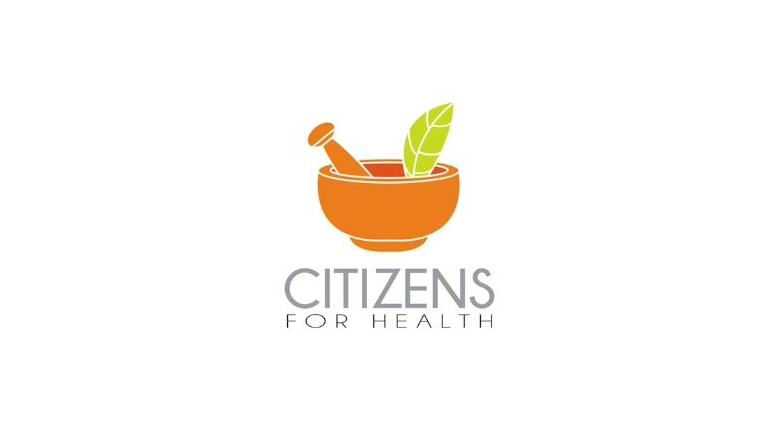Courtesy of Citizens for Health Vice President, James Gormley
Allergic diseases were once rare. Today, allergies are among the most common conditions in the world, according to Leo Galland, M.D. and Jonathan Galland, J.D., in their new book, The Allergy Solution.
Globally, 1 billion people have allergies and 300 million people suffer from asthma. In the U.S., 60 million are hit by hay fever, also called allergic rhinitis, which comes with the wonderful door prize of nasal congestion and itchy eyes.
Allergy runs amuck
While just 50 years ago only one person in 30 had allergies, today that number is one in three and climbing.
As to why asthma is through the roof, some experts point to the increasing number of hours we spend indoors. This exposes us to more indoor allergens that are spread in cooling systems, such as mold, and in heating systems, such as dust mites, and, in the greatest of ironies, may all be more efficiently exposed to us precisely because of improvements in insulation!
According to Fred Pescatore, M.D., in his 2007 book, The Allergy and Asthma Cure, “Improved household hygiene, vaccinations, and the use of antibiotics have made us relatively free of disease-causing viruses and bacteria—this has allowed our immune system to fall asleep on the job and not to learn everything it needs to learn,” basically setting us up to get allergies and asthma.
Our bodies like it dirty, or sort of
While it may seem counterintuitive, says Pescatore, but being exposed to pets, farm animals and dust when we are small children has been shown to actually protect us from developing allergies. The upshot is that we’re not made to thrive in sterile conditions.
The Gallands point to a convergence of factors that, together, have given rise to, and are contributing to, skyrocketing levels of allergy-related problems: environmental pollution (like vehicle exhaust and factory emissions), indoor toxins and problems (like mold, dust mites and formaldehyde), and a toxic internal (body) environment due to bad diet, accumulated toxins and not enough exercise.
According to Pescatore, “People may go most of their lives without any allergies and then develop them, or they may suffer their entire lives.”
Allergy: this lightning can strike twice
“Once one allergy develops,” Pescatore adds, “the person is usually susceptible to more.”
Now that Spring is upon us, it doesn’t help that ragweed plants are spreading and flourishing like wildfire in cities due to global warming, which “spells big trouble for millions of allergy sufferers,” the Gallands note, since ragweed is the main thing triggering seasonal hay fever.
So what can we do?
“There are many allergens that need to be recognized, and their elimination needs to be addressed for you to feel as good as you want to feel,” says Pescatore.
Allergens and irritants that can trigger an allergy or asthma attack are legion, but include: aerosol sprays, air pollution, animal dander, bugs, dust mites, mold, perfumes, pollen, smoke, sulfites, heredity, obesity and many others.
Solution: Green Acres or outer space? Not.
While moving to the country and living in a utopian farm community may not be possible for any one of us as a solution, we are able to figure out many of the possible causes, and reduce or eliminate a good number of them, with the possible exception of heredity!
We can, for sure, avoid the use of aerosol sprays, reduce our exposure to some pollution (such as tobacco smoke), tackle bug infestations, avoid the use of perfumes, choose less processed foods, eat better, exercise and lose weight.
While futuristic movies suggest that we abandon a dystopian Earth in favor of some greener world or super-colony somewhere in space, the Gallands, however, would also like to see a foundational approach to allergy, one centered on improving the overlapping ecologies of our internal environment and the environments in which we live.
In their The Allergy Solution, they ask: “Could we all work together to turn around air pollution, giving those with asthma—and those without—a better chance to breathe free?” Reductions in environmental pollution would also curb the rising levels of pollen, they note, helping those with hay fever feel more comfortable.
“Producing and using fewer toxic chemicals would reduce the burden on the environment,” they note. “Maybe taking a train or bus or simply walking to work doesn’t sound as dramatic as launching into outer space, but isn’t each action we take to ‘save the planet’ just as noble and heroic as those taken by astronauts in the movies?”
The Gallands call on all of us to stand up for our health and protect nature as if our our very lives depend on it.
And they do.


Be the first to comment on "Spring Has Sprung: Have Your Allergy Symptoms?"